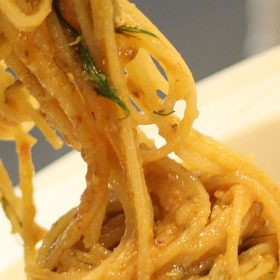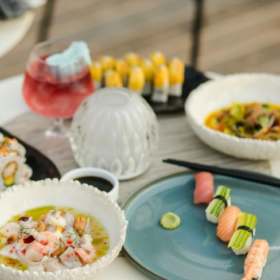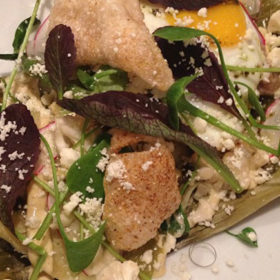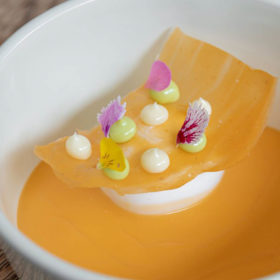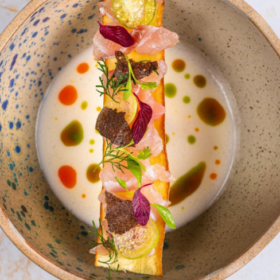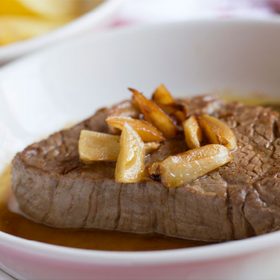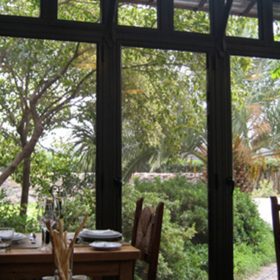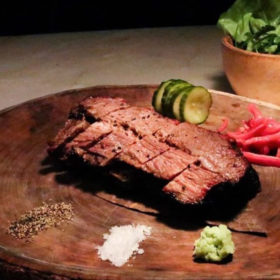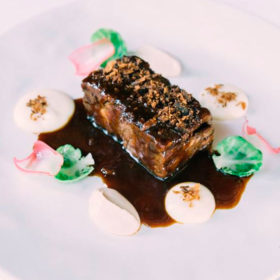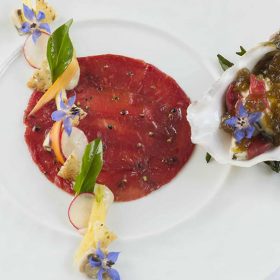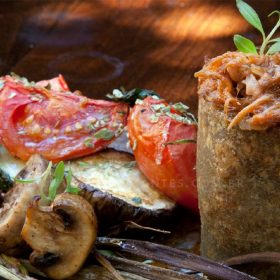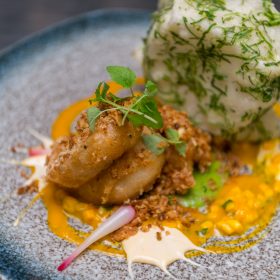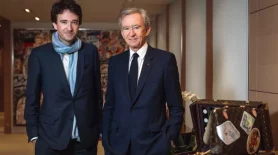Why many French have come to like “Emily in Paris”

Even if they may not want to admit it
When Netflix released the first season of “Emily in Paris” in 2020, French critics ridiculed the American-made drama for its Instagrammable clichés and vacuous plot. The series was “a fantasised vision disconnected from reality”, sniffed Le Parisien, a newspaper. “No cliché is spared,” wrote Première, a film magazine, including that “the French are all mean and all lazy” and “incorrigible flirts”. A critic for Le Monde, Parisians’ highbrow bible, finished viewing the first season feeling queasy, “as if I had eaten all the macaroons in the box by myself”. In America “Emily in Paris” was nominated for Emmy awards and Golden Globes; there were no such accolades in France.
Four years on there has been a volte-face. After Netflix released five episodes of season four in August, “Emily in Paris” shot to the top of its most-watched list in France. It could happen again when the remaining episodes are released on September 12th. Many French seem to have put aside their disdain and are embracing the fluff. Season four offers “a nice dose of irony for a sparkling guilty pleasure”, wrote Le Point, a magazine. Le Parisien also conceded that it “sparkles”.
This shift is a surprise. Season four introduces little that is fresh besides an escapade in Rome and a new American work rival. It finds Emily (Lily Collins), a young social-media executive from Chicago, still mixed up in a love triangle with Gabriel (Lucas Bravo) and Camille (Camille Razat). Emily’s life is still mostly confined to the cobbled streets of Paris’s left bank and the parquet-floored salons of the rive droite. The brand placement remains brazen, the dialogue vapid and Emily’s outfits eyebrow-raising. The show is the antithesis of the gritty realism and darkness that define many of today’s best French tv series.
So what do the French now see in “Emily in Paris”? One answer may be greater use of the French language. Darren Star, the show’s creator who is also behind “Sex and the City”, has said that in season one the French characters spoke English even between themselves because he was “a little nervous” about how much foreign-language dialogue an American audience could handle. Now there are regular scenes in which Sylvie (Philippine Leroy-Beaulieu), the caustic founder and head of the PR agency where Emily works, speaks to her colleagues, husband and lover in French.
Another explanation, particularly for younger French viewers, may be that the fourth season introduces a #MeToo storyline. Sylvie decides to call out the sexual harassment she suffered in the past from the head of a big luxury firm. Though only a subplot, this helps to make the series feel a bit less ridiculous. France may have come late to the American-led movement. But a new generation of French women is increasingly intolerant of male behaviour that their mothers either accepted or celebrated as “sexy, French and free”, says Agnès Poirier, a critic. Recent books and films have shed harsh light on sexual predation. To call out abuse, French women have devised their own MeToo hashtag, #BalanceTonPorc (denounce your pig).
Perhaps above all “Emily in Paris” serves as a reminder to the French of what makes the City of Light so alluring. Parisians tend to grumble about overcrowded metros, rats and roadworks. Foreigners stop to gaze at its bakeries, bridges and luxury stores. As the Olympic games did this summer, the Netflix series reveals Paris to the French afresh. Mr Star always said he meant it as a “love letter to Paris”. Now the French seem to grasp this, and the benefits it brings. Among Americans who have watched the series, 86% have a good impression of the French, next to 67% of those who have not. Sales of French luxury brands featured in the show, such as Carel’s woven scoubidou tote bag worn by Emily in season two, have soared.
This renewed enthusiasm for Paris is not without some annoyances for the French. Filming locations such as Place de l’Estrapade, where the fictional Emily lives, have been overrun by selfie-snapping tourists. Terra Nera, the left-bank restaurant that in the series is run by Gabriel, has turned from a cosy Italian into a destination eatery. Estate agents report a surge of interest in properties in neighbourhoods featured in the show (although overall prices in Paris remain stable). Yet such inconveniences may be worth it if the series, however silly, makes the French look differently at themselves. ■
For more on the latest books, films, TV shows, albums and controversies, sign up to Plot Twist, our weekly subscriber-only newsletter
Font: The Economist


